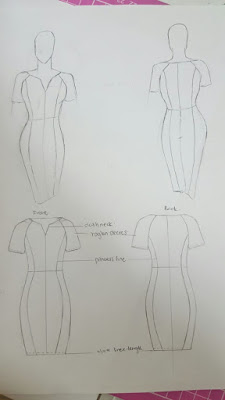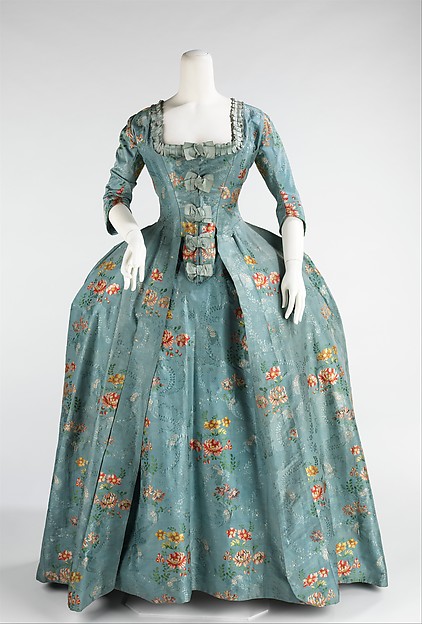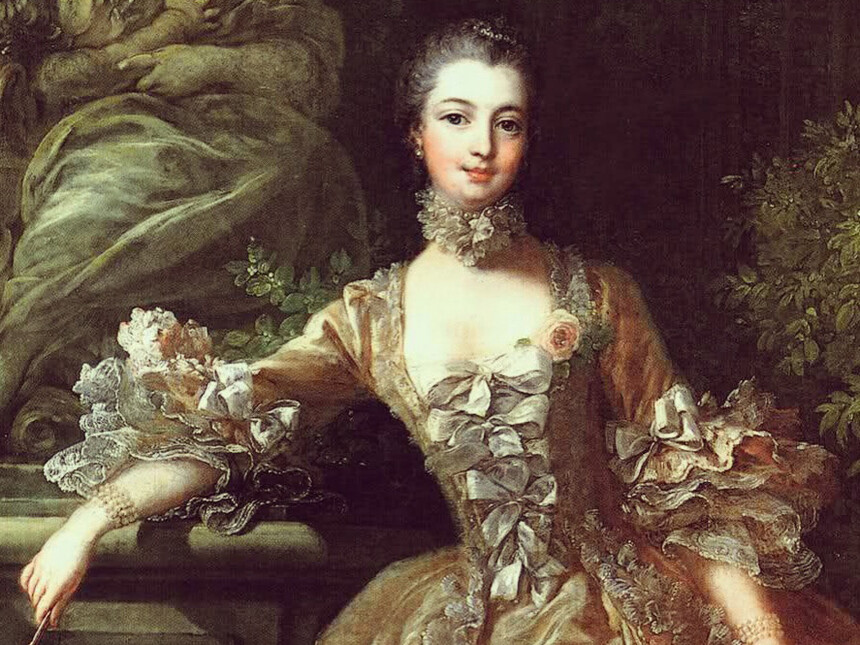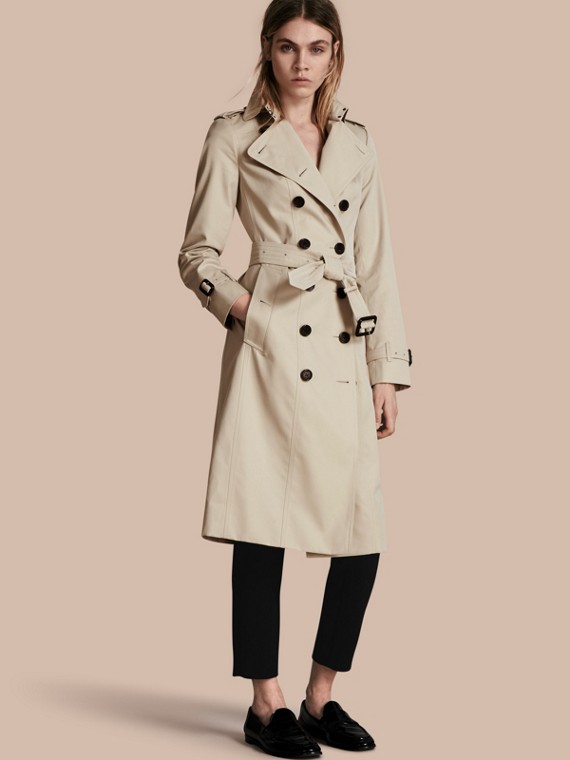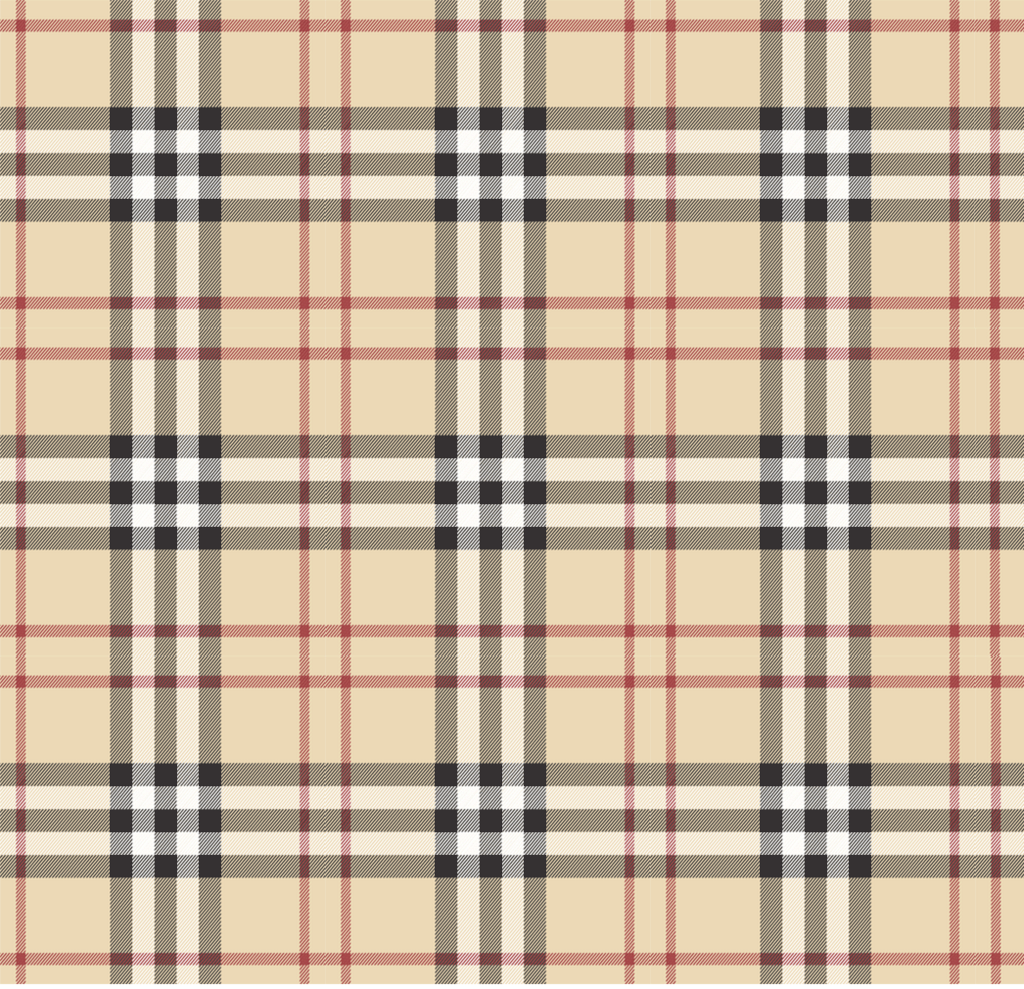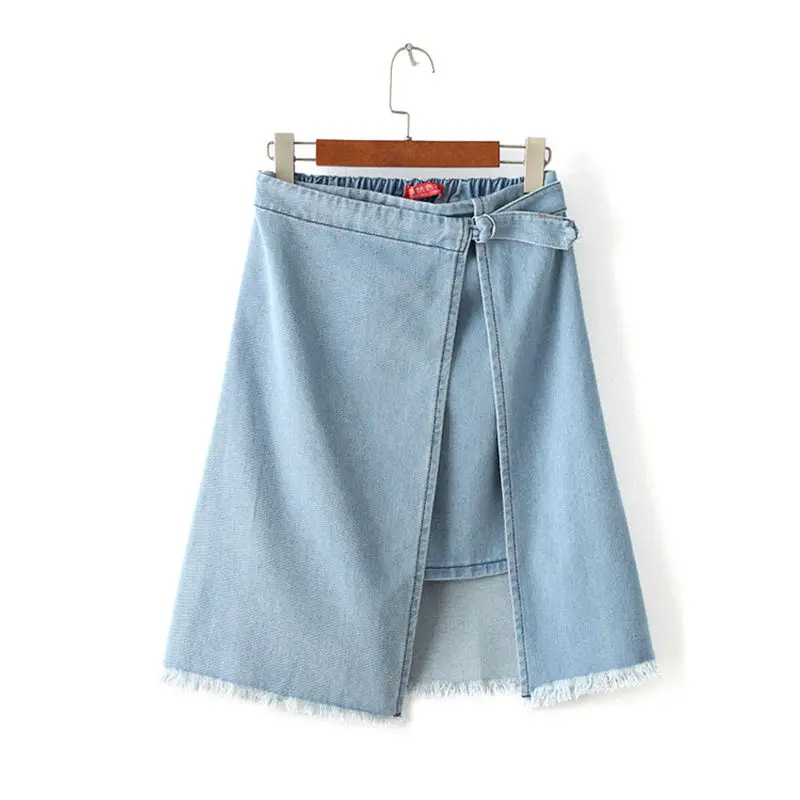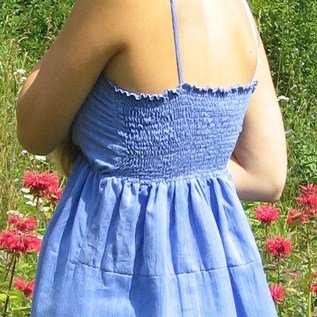This week, our group presentation our collection " Equestrian Chic"
We are making women Pre-Fall Ready-to-Wear collection. We are a mid-tier brand, targeting South East Asia women from aged 20-35 years old. The price of our garments will range from $30- $200. This collection has the feel of eccentricity, rusticness, and gracefulness. We chose Zara and Mango as our competitor to research on and relate to.
 |
| The Moodboard |
We adapted trending style and accessories into our collection. We also took inspiration from Burberry and Balenciaga for the column silhouette of the garments. We took inspiration from this two brand because previously we did the brand research and analysis on these two brands.
 |
| Trending Style this A/W17/18 Season |
 |
| Inspiration from Burberry and Balenciaga |
These are the trending colors that we think suit the theme. Since we are inspired by nature and equestrian and it is a pre-fall collection, we are looking for warm, earthy tones.
We felt that we could have improved on our fashion curating whereby we should have better describe our looks and garment in the collection. For the presentation part, we should have placed the technical flats side by side to the looks instead of separating it into two different slides. It is for easy reference during the presentation.
 |
| Fashion Curating |








